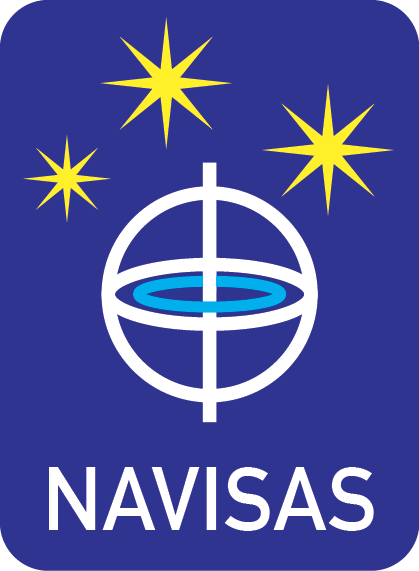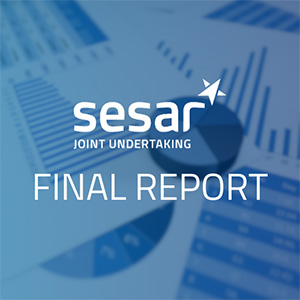A low-cost navigation solution for small aircraft
Airspace is a finite resource subject to mounting demand by all types of vehicles (commercial jets, military, small aircraft, helicopters, balloons and drones). Increasingly ATM stakeholders are looking towards satellite-navigation systems to manage the traffic more efficiently. However, these systems can fail like any other so a back-up is always needed.
The NAVISAS project developed a concept for small aircraft to obtain alternative positioning, navigation and timing (A-PNT) information when satellite navigation fails while keeping performance and efficiency consistent with the airspace requirements. NAVISAS investigated the possibility of combining navigation data from multiple constellations (e.g. GALILEO and GPS) with an advanced inertial measurement unit (IMU) based on atomic gyroscopes implemented using microelectromechanical systems (MEMS) technology. The project scope was extended and included an assessment of vision-based navigation in flight, which was confirmed as a viable option for small aircraft.
The results of NAVISAS could pave the way for a new cost-effective instrument that can be used by small aircraft to ensure navigation performance levels consistent with evolving airspace and air traffic. Atomic gyroscopes may become a technological enabler of future high-grade and low-cost inertial reference systems, hence opening high performance inertial system market to lower-end aircraft. The results of this project also suggest that these systems would offer a substantially lower cost alternative to grade laser gyros currently used by commercial aviation.
The project also provided a roadmap on how this concept can be further matured, deployed and adapted to other aircraft beyond small aircraft in operations under visual flight rules (VFR) and instrument flight rules (IFR).
Benefits
Maintained and improved navigational capabilities
Low-cost alternative to existing back-up systems
Project Deliverables




